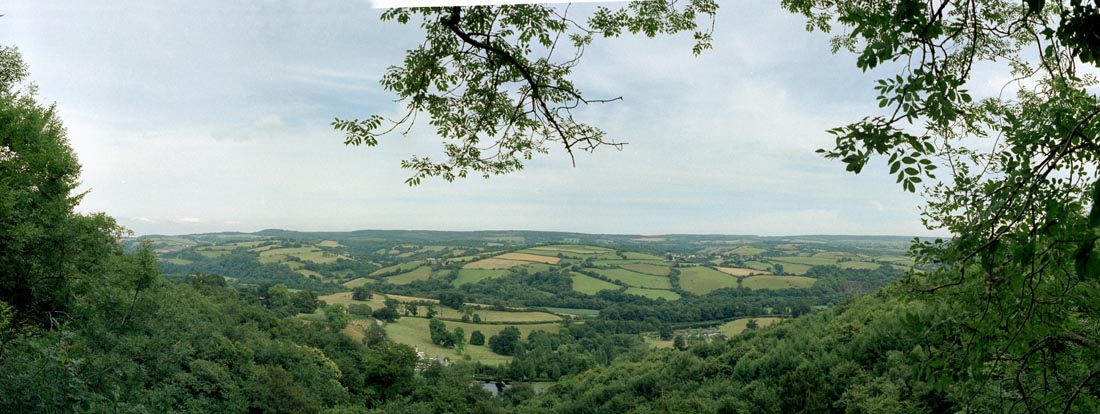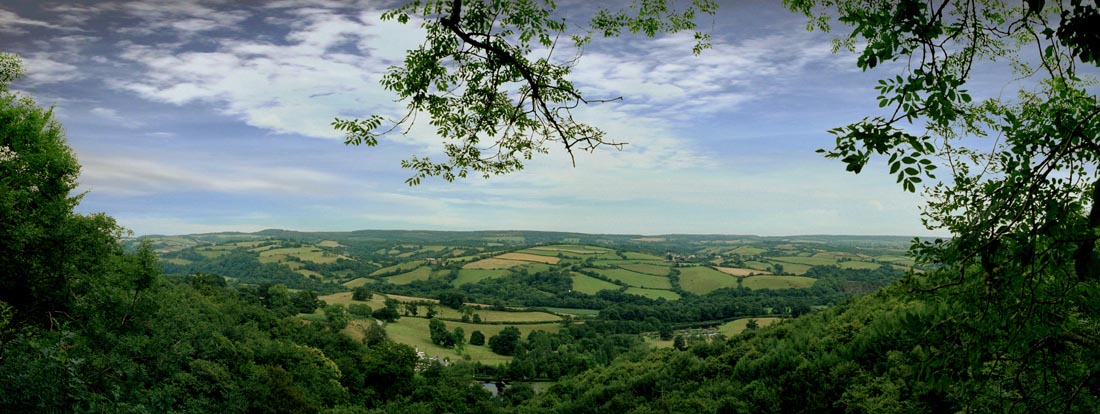by TRA
Is it possible to make a double exposure with the Pentacon Six?
In August 2012 I received the following e-mail:
Q: “I just bought a Pentacon six Tl , in excellent condition! But it is impossible for me to find out whether it´s possible or not to do a double exposure with this camera.”
A: This is one of the many e-mails that I receive from people who are buying a Pentacon Six (+ TL) for the first time. Here is the reply I sent:
I am glad to hear that you have been able to buy a Pentacon Six TL in excellent condition. It is capable of giving you superb pictures with fantastic definition and if it is in good working order it should work reliably for decades with the occasional service every few years.
However, double exposure is not possible with most cameras, including the Pentacon Six (TL).
There are, however, three ways to obtain a double exposure effect. All three of these methods give you much more control than trying to obtain a double exposure within the camera, and they also protect your original images, an important consideration, as double exposures often do not have the desired effect and so both exposures are spoiled or wasted.
Slides (transparencies)
For projection of slides it is possible to "sandwich" two slides together for simultaneous projection with one image on top of the other.
Darkroom printing
For darkroom printing, double exposure of different negatives onto the same piece of photographic paper is also possible. It is usually necessary to prepare a mask with a sheet of thick card, to shield the part of the paper that you do not wish to expose. With some practice, surprisingly good results can be achieved.
The “Digital Darkroom”
If you scan in your slides or negatives, it is digitally reasonably easy to combine two exposures. Here is a picture that I shot from on top of Canonteign Falls in Devon. The widest angle lens that I had with me at the time was the 45mm Mir 26 and I wanted a wider angle of view, so I shot this picture with a Horizon 202, which has a 28mm rotating lens. By keeping the horizon of the landscape in the middle of the frame, I was able to prevent it becoming curved, a characteristic distortion that occurs with swing-lens cameras. However, I thought that the sky was rather uninteresting.

You can see that I also tried to increase the height at
the top by cloning in some sky and a few leaves -
incomplete at this point.
To get the greater height, I should have used the
Pentacon Six and then trimmed the picture to panoramic
format,
but to get the necessary width I really needed the
Zodiak 30mm lens, which I had not taken with me on that
trip.
[c249_13.jpg]

Here is the same shot with a new sky added on the
computer (and contrast increased slightly).
Do you think that it is an improvement?
[c249_13s.jpg]
I hope that this is helpful to you. I encourage all new owners of a Pentacon Six to view my video on how to load film into the camera. Enjoy your camera!
In-camera double exposures
The only way to achieve this would appear
to be with night shots, where you can stop the exposure
by putting on the lens cap, and remove it subsequently
for a different exposure. However, as the
mirror is up you cannot compose on the focussing screen,
and of course you cannot change lenses.
Nevertheless, it will be possible to compose by using the direct-vision finder in the waist-level
finder, which will give approximately the same angle of
view as the 80mm lens.
Alternatively, if you mounted a lens with a built-in shutter, perhaps on bellows, you could use that shutter for multiple exposures, keeping the camera shutter open throughout with the help of a locked cable release.
In my opinion, the best pictures that I obtained that day were in fact taken with my Pentacon Six. You can see one of them here (near the bottom of the page).
To go to introduction to the cameras, click here.
To go back to the frequently-asked questions, click here.
To choose other options, click below.
Home
© TRA First published: August 2012
Revised: May 2017